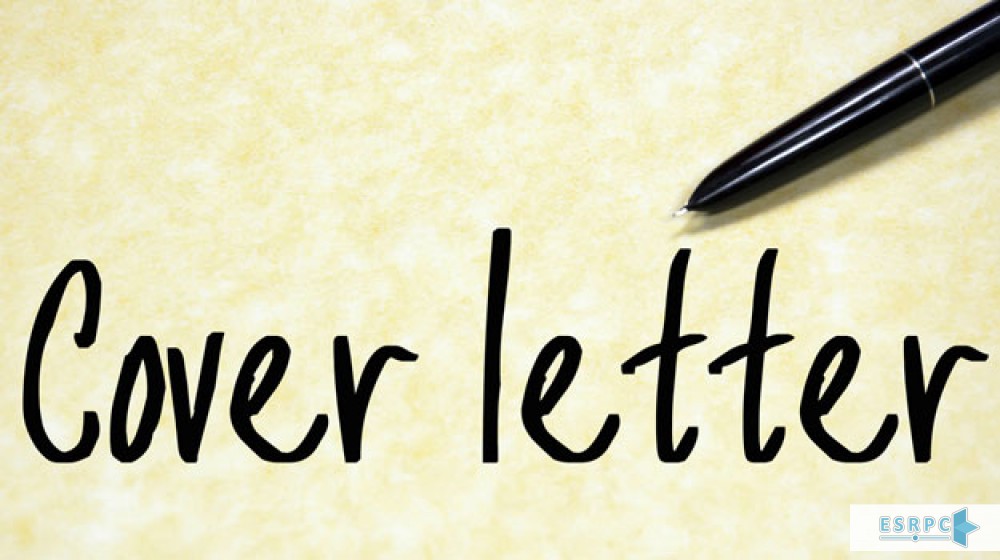The cover letter accompanying the article which is going to be submitted can be considered as an opportunity to affect the editors' point of view.

You might have heard that employers asking the job candidates to provide a resume, spend just a few seconds to review each resume. So it is recommended to the people sending a resume, to organize it in a way that attracts the employers’ attention to review it again and get persuaded to invite the person to the interview.
It is noteworthy to declare that the process of a paper being accepted by editors in scientific journals and publications is the same. Consider the fact that a large number of papers and articles are sent to the journals possessing a high degree of authenticity, to be published from all around the world. Logically, the editors lacking enough time, are not able to scrutinize the contents of all the received articles. So, what should be done? What is the first thing editors notice in the received papers? And what should the authors do regarding that? Exactly like getting a job, the fact that you are very skillful and efficient in doing the job is not enough. The most important thing is that you should introduce yourself in a best way. The process of getting your paper accepted by a valid journal is the same. It is not enough to prepare a very well written paper to get it accepted and published. The first and most important thing is that you should make a very good image of your paper in the minds of the editors in a fastest and best way in order to make them willing to review and check your paper completely in the next steps of the process. Generally speaking, you should comply some points that make editors download your article in their email inbox and read in detail. Below, some of these points are mentioned.
What do the editors notice first when they look at the paper?
Generally, the editors consider some key points in order to accelerate the process of decision making about the received papers and choosing them.
All the editors first notice the cover letter, which should be separately sent or attached to the article as a distinguished file. It should not only specify the detailed parts of the study, but also should determine how and why the subject of the study is related to the subject or scope of the journal in a vivid way. One of the most prevalent reasons of rejecting the papers by the journals is the inconsistency between the subjects of the articles and the scopes of the journals. It is noteworthy to remind that the editors do not pay attention to the content of your article at first, they just notice how well you have identified your study in the cover letter. For example, an architecture student who has done a study on the impact of the interior design of the buildings on the amount of depression and stress of the inhabitants, is willing to publish his article in a psychology journal. In this case, because the information about the education of the author is on architecture, the relationship between the subject of the study and the scope of the intended journal should be clearly determined. Otherwise, the editors would reject the article, because they are very meticulous on the amount of relationship between the subject of the papers and the scope of the journal, and do not show any flexibility in this area.
If the subject of an article is not clearly related to the scope of the journal, try to use the related key terms in the sensitive parts of the article. These sensitive areas include cover letter, abstract, and keywords. Also, in a cover letter, try to mention the practical implications of your study, and why you think this article will be interesting for the readers, and also show the editors you have observed the copyright rules.
You can justify the editors to view the main manuscript of your article and select it to be processed in the next steps, if you have provided a good cover letter. In the next steps, your article will be judged based on the quality of the written article from different points of view, and a particular feedback will be provided. At the end, it is likely that your paper will be rejected or accepted after making some revisions.